 Humans
Humans  Humans
Humans  Animals
Animals 10 Animals That Humiliated and Harmed Historical Leaders
 History
History 10 Most Influential Protests in Modern History
 Creepy
Creepy 10 More Representations of Death from Myth, Legend, and Folktale
 Technology
Technology 10 Scientific Breakthroughs of 2025 That’ll Change Everything
 Our World
Our World 10 Ways Icelandic Culture Makes Other Countries Look Boring
 Misconceptions
Misconceptions 10 Common Misconceptions About the Victorian Era
 Mysteries
Mysteries 10 Strange Unexplained Mysteries of 2025
 Miscellaneous
Miscellaneous 10 of History’s Most Bell-Ringing Finishing Moves
 History
History 10 Great Escapes That Ended Right Back in Captivity
 Humans
Humans 10 Everyday Human Behaviors That Are Actually Survival Instincts
 Animals
Animals 10 Animals That Humiliated and Harmed Historical Leaders
 History
History 10 Most Influential Protests in Modern History
Who's Behind Listverse?

Jamie Frater
Head Editor
Jamie founded Listverse due to an insatiable desire to share fascinating, obscure, and bizarre facts. He has been a guest speaker on numerous national radio and television stations and is a five time published author.
More About Us Creepy
Creepy 10 More Representations of Death from Myth, Legend, and Folktale
 Technology
Technology 10 Scientific Breakthroughs of 2025 That’ll Change Everything
 Our World
Our World 10 Ways Icelandic Culture Makes Other Countries Look Boring
 Misconceptions
Misconceptions 10 Common Misconceptions About the Victorian Era
 Mysteries
Mysteries 10 Strange Unexplained Mysteries of 2025
 Miscellaneous
Miscellaneous 10 of History’s Most Bell-Ringing Finishing Moves
 History
History 10 Great Escapes That Ended Right Back in Captivity
10 Awe-Inspiring Historic Buildings You Wouldn’t Ever Want To Live In
It’s something we’ve all wondered about at one time or another: What would it be like to live in a sweet mansion? But, while most of us are probably picturing a life of nonstop mega-parties, the truth is that plenty of the greatest buildings ever designed made absolutely awful homes.
10Versailles Was Absolutely Freezing
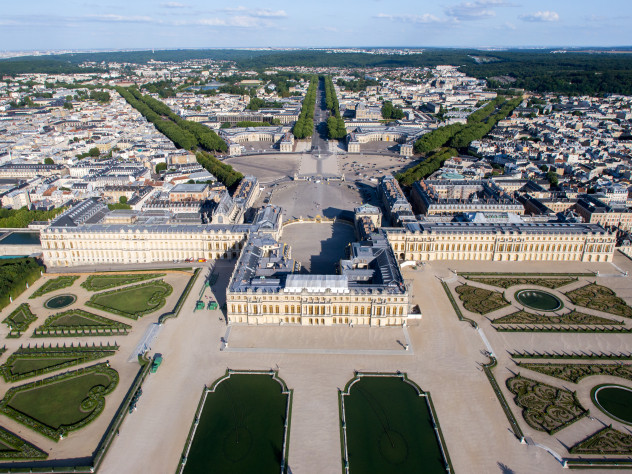
Everything about Louis XIV (also known as the Sun King) was impressive. His palace at Versailles contained over 700 rooms and would have cost a minimum of $3.2 billion if it was built today. It would also be considered absolutely uninhabitable for the very good reason that it was absolutely freezing.
We don’t just mean cold in the “before central heating” sense of the word. We mean the temperature was so unbearably low even people living in a time now known as the Little Ice Age commented on it. Contemporary accounts include descriptions of wine and water freezing solid at the king’s table during dinner. According to the journal of the king’s health kept by the Sun King’s doctors, Louis XIV’s extravagant wigs were used less to hide his baldness and more to keep him warm in Versailles’s chilly interiors.
It wasn’t just the temperature that caused problems at Versailles. We’ve told you before about the lack of toilets forcing people to poop in corridors. The problems went way beyond simple odors and unwanted stains. Pests attracted by the smell overran the palace bringing terrible diseases in their wake. And these diseases would’ve had no problem breaking through people’s cold-compromised immune systems.
9The Forbidden City Was One Vast Prison
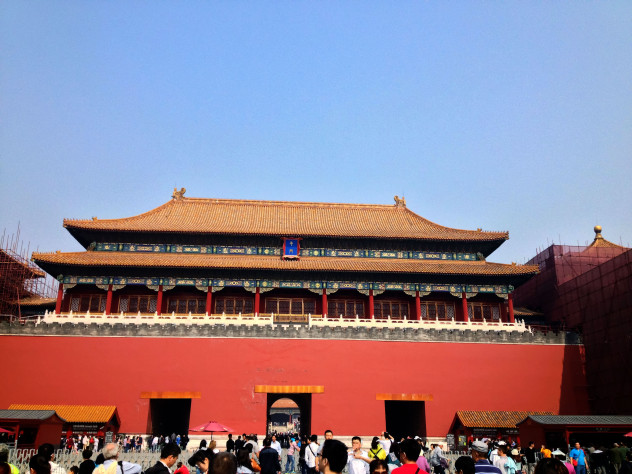
Sprawling over a 178-acre site, China’s Forbidden City is every kid’s dream of what a palace should be. Along with a gigantic throne room, the seat of government featured a harem trained to attend to the emperor’s every whim and courtiers who were always on hand to clean up any mess. For centuries, it’s been idealized as the height of decadent living . . . if “living” in this case means “spending your life in misery without a single second of privacy.”
Most emperors could probably count the moments of “me time” they got over their entire lives on a single hand. From the moment they awoke to the moment they went to sleep, a group of eunuchs would keep careful watch over them at all times. Even things like using the toilet meant peeing into a chamber pot in the corner of the room with an attendant waiting nearby to snatch it away. Their personal freedom was also severely restricted. No emperor was allowed to leave the palace without an escort, and even then, they could only go to official engagements.
Life was so lonely for the figurehead of imperial China that Reginald Johnston, tutor to the last emperor in history, remarked, “That ill-omened pile of buildings was an emperor’s prison [260] years ago, and an emperor’s prison it remains to this day.”
8The Farnsworth House Was One Giant Moth Lamp
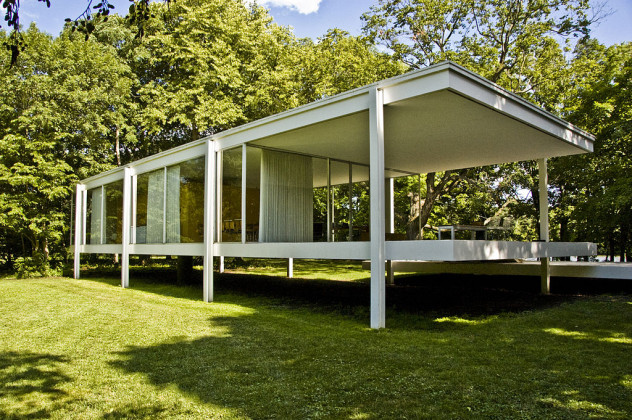
Designed in 1945 by architect Mies van der Rohe (as a weekend retreat for Dr. Edith Farnsworth), the Farnsworth House is one of the most celebrated homes in American history. There are even Lego kits available of it. Costing the equivalent of $500,000, its simple interior, giant windows, and devotion to simplicity made it an Illinois icon. They also severely irritated Dr. Farnsworth, who claimed the building was virtually uninhabitable.
Having asked Mies to build her a country getaway, Dr. Farnsworth was horrified to discover she was being asked to live inside a pristine work of art. Despite the large windows, Mies refused to install blinds or curtains, meaning the house’s heating bills were astronomic. It also meant anyone outside could see in at all times, and thanks to Mies’s celebrity there were always people outside. Farnsworth complained camera-wielding tourists would snap pictures of her in her underwear.
At night, the vast windows and isolated location turned the house into a giant moth lamp, causing insects and mosquitoes to flood the open plan rooms. In the end, Farnsworth sued the architect over her disaster of a house. She lost.
7Attingham Hall Leaked Its Owner Into Bankruptcy
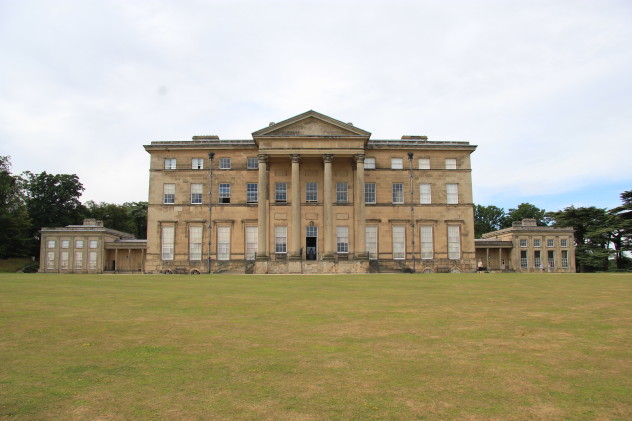
A gigantic country estate in Shropshire, Attingham Hall is one of the grandest structures in the whole of England (which is saying something). Despite its unimaginable size, the estate is today best known for its picture gallery designed by John Nash, the same architect responsible for Buckingham Palace. Using pioneering techniques, Nash created a skylight made of cast-iron that spanned the entire gallery and let light into every corner. It also let in rain—lots and lots of rain.
A few years after the roof was completed, it began to let in water. As time went on, the expansion and contraction of the iron frame in different weather made the problem worse until it became a major issue. The picture gallery suffered water staining, while the walls themselves began to crack under the constant drip of rain. According to the National Trust, the flawed roof was so difficult to maintain that it directly contributed to the bankruptcy of its owner. As a result, no replacement was installed until January 2015, over 200 years after the first leak sprang.
6Atlantic Storms Made Tintagel Castle Uninhabitable
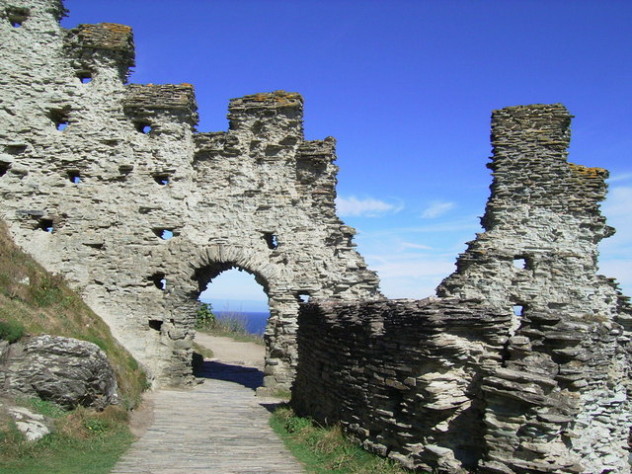
In a list of coolest places to live, a top spot would undoubtedly be held by Tintagel Castle which is a place of great historical importance. Situated on a rocky outcrop of land on the Atlantic coast of Cornwall, Richard of Cornwall’s new castle had all the advantages it needed: It had prestigious history and it was easy to defend. Unfortunately, there was one thing Richard couldn’t defend his castle from: the Atlantic weather.
Ferocious winds, pounding waves, and rain all combined to make Tintagel Castle a living nightmare. Landslides and flooding were common, and parts of the causeway routinely collapsed into the sea. Less than 100 years after it was built, Tintagel was in a state of utter decay and coastal erosion had likely caused a partial collapse. By 1600, the castle was completely abandoned and left to the elements that had driven its owners away.
5The People’s Palace Was Filled With Ridiculous Flaws
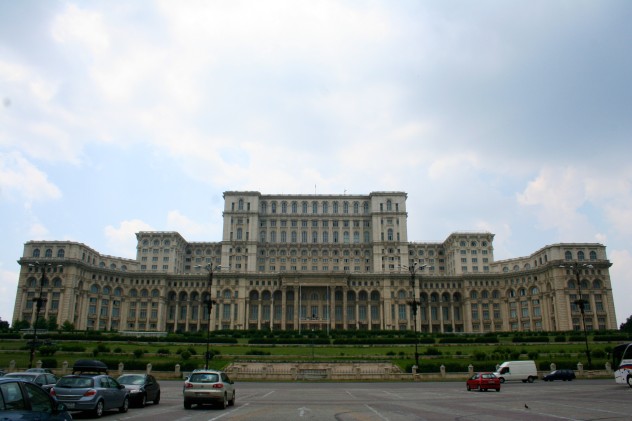
In 1977, an earthquake tore through downtown Bucharest. Hitting 7.3 on the Richter scale, it killed 1,500 people and flattened a significant portion of the city’s buildings. For Romanian dictator Nicolae Ceausescu, this wasn’t just a tragedy. It was his chance to build a palace befitting his megalomania. In the following years, the affected areas (and some less-affected ones) were cleared to make room for the biggest palace on Earth.
Seven times bigger than Versailles, the People’s Palace was the last word in Communist opulence. Entire mountains were torn down to build it as an army of 1.5 million people worked to build it around the clock. The finished building contained 7,000 luxury rooms and 3,500 tons of crystal. It also contained enough stupid design flaws to make living there hilariously impractical.
For starters, the People’s Palace was stupidly big. After an hour’s solid walking, you could cover less than 10 percent of it. Even worse were the stairs. Cut to fit Ceausescu’s tiny feet, the staircases were considered impossible for any normal-sized adult to use. Thanks to the dictator’s paranoia about chemical attacks, there was also no air-conditioning which was not good in the sultry heat of a Romanian summer.
Ceausescu never got to try living in his palace. Before construction finished, he and his wife found themselves on the wrong end of a revolution and were executed.
4The Villa Savoye Was Cold And Miserable
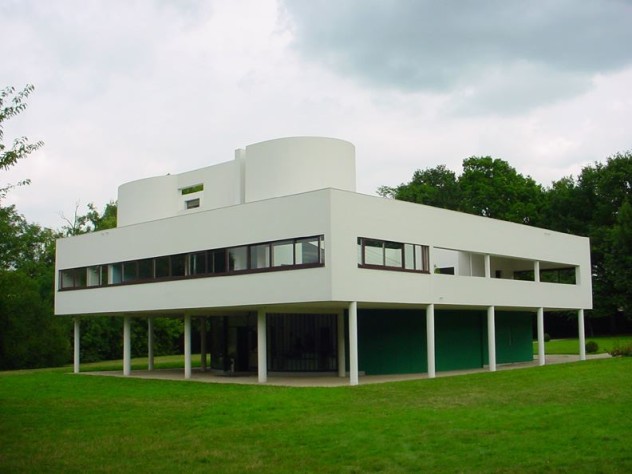
A gleaming white villa built in 1929, Villa Savoye by Le Corbusier was one of the most important buildings of the 20th century. Designed as “a machine for living in,” it single-handedly transformed the future of architecture. Today, it’s considered a masterpiece, drawing students from all around the world to witness it. One can only guess what Madame Savoye, the original owner, would say about this. She absolutely hated living there.
From the moment it was finished, Villa Savoye had problems. The roof leaked badly in multiple places from the garage, to the hall, to the bathroom, and the interior was constantly wet. In a letter to Le Corbusier, Madame Savoye also noted the skylight made a terrible noise in bad weather that kept her entire family awake. Meanwhile, the large windows caused insane levels of heat loss and the entire villa felt cold and damp 24/7. There’s even some evidence that living there triggered her son’s terrible health problems. By 1935, the entire family had moved out and Madame Savoye was threatening Le Corbusier with legal action for building her such a terrible home.
3The Great Halls Of Norse Legend Were Disgusting
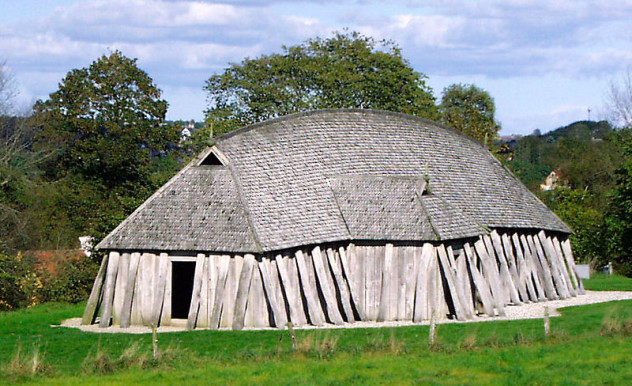
If you’ve ever read Beowulf, you’ll remember Heorot. The palace of King Hroogar, Heorot was the greatest hall in Norse legend—a great, tall building that literally shone with gold. While Heorot was fictional, it drew inspiration from the great Viking longhouses of the real world. However, the anonymous author of Beowulf missed out one important point: Even a longhouse as awe-inspiring as Heorot would’ve been utterly disgusting.
For starters, even the greatest halls were exactly that—halls with no additional rooms. This meant everyone from the lord or king to his charges slept, changed, and had sex under the same roof. They also shared their living space with the animals they owned, meaning the whole place likely stank to high heaven. Noise was also an issue, as were dirt, disease, and pests.
That’s before we get into the smoke. Prior to the 14th century, European halls created heat by simply lighting a gigantic fire in the middle of the room. Since there was no fireplace, smoke leaked out a big hole in the ceiling. This method meant halls were often filled with acrid fog. It may have looked like paradise to the writer of Beowulf, but Heorot would’ve been uninhabitable by our modern standards.
2Life In Topkapi Palace Was Terrifying
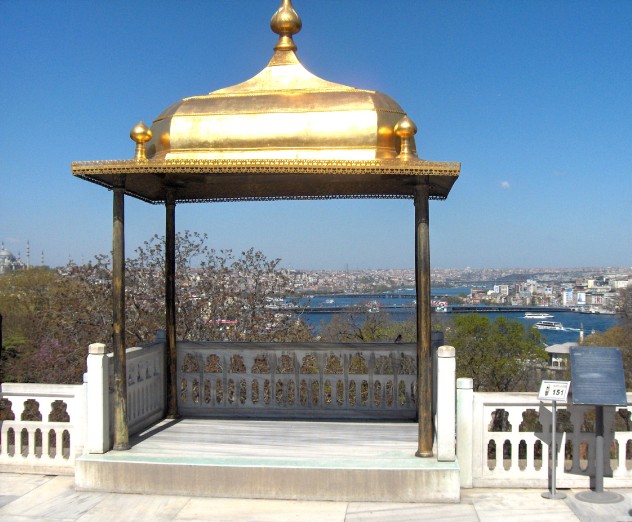
A sprawling palace lying alongside Istanbul’s Bosphorus, Topkapi has been inspiring people for centuries. Constructed in the 15th century, the palace is today a UNESCO heritage site and major tourist attraction. People from all over the world come to wonder what it must’ve been like to live there. So we’ll be clear about this: It was terrifying.
Topkapi Palace was so full of intrigue and brutality it would’ve frightened Machiavelli. The sultan was so prone to assassination he would take his baths locked away in a giant cage where nobody could kill him. For those slightly lower down the pecking order, things were even worse. Right up until the 17th century, it was considered acceptable for a sultan to kill all his male relatives to ensure his son got the throne. In 1595, all 19 of Mehmet III’s brothers were murdered and his father’s pregnant concubines drowned at sea. When Selim II outlawed killing princes, it instead became practice to lock them in a gilded cage until they died of natural causes.
By the time you got down to the harem girls, life was basically an Eli Roth movie. Uncooperative girls could be locked in tiny cages or, if they continued to rebel, tied up in sacks and thrown into the Bosphorus. Ibrahim I is even said to have ordered all 280 members of his harem drowned just for the heck of it. Whatever social level you were at, life in Topkapi was generally nasty, brutal, and very short.
1Frank Lloyd Wright’s Houses Are Uninhabitable
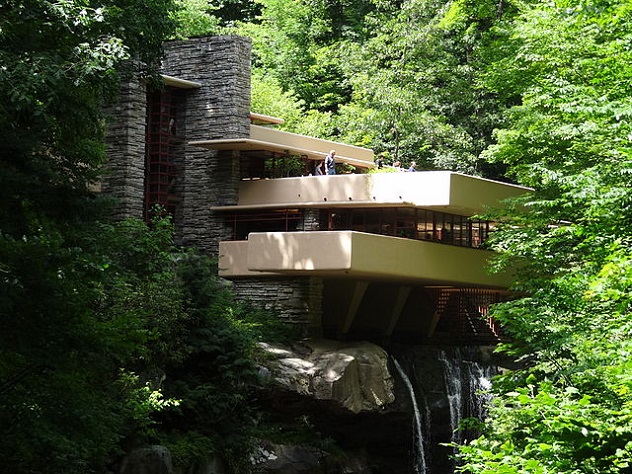
The man behind the famous Guggenheim Museum, Frank Lloyd Wright, may be the most revered architect in American history. His houses are so sought-after today they change hands for millions of dollars, and many consider them to be icons of design. Many more consider them virtually uninhabitable.
The scope of the problems differs, but they all seem to have one thing in common: poorly planned design. In one case, a New Jersey home bought for $400,000 flooded seven times in 25 years. Each time, it flooded badly enough to cause terrible damage. Others are reported to spring heavy leaks during the rain, while his iconic Fallingwater house (pictured above) very nearly collapsed due to structural flaws.
Then there are the smaller, but no less frustrating, problems that make day-to-day living hell. One couple discovered that their dream Wright home had doorways only 55 centimeters (22 in) wide, meaning moving their furniture in became a costly nightmare. Other houses have kitchens so tiny it’s almost impossible to cook without banging into something, and none of them come with basements, attics, or garages. They’re also absurdly expensive to fix up. A recent Wall Street Journal article recounted horror stories of buyers paying double the purchase cost to restore their new homes to something like a livable state.








